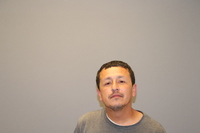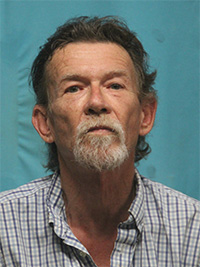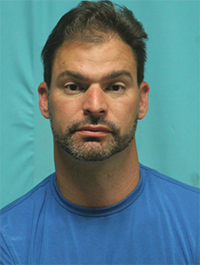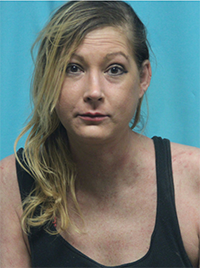Can California and NYC Afford Their Near-Universal Health-Care Plans?
Gov. Gavin Newsom and Mayor Bill de Blasio initiated ambitious plans this week to cover drastically more residents, including undocumented immigrants who are not currently eligible for subsidized insurance.

Earlier this week, both Democratic leaders initiated ambitious plans that would move their jurisdictions toward universal coverage, an idea that has gained traction in progressive circles thanks to support from leaders on Capitol Hill, including Sen. Bernie Sanders and Rep. Alexandria Ocasio-Cortez.
The popular progressive platform permeated state and local politics in the midterm elections. Washington state came close to putting the matter before voters as a ballot initiative; it failed to get enough signatures to qualify. Newsom, meanwhile, campaigned on single-payer, a form of universal health care that has yet to be successfully implemented in any state because of cost concerns.
On Monday, hours after being sworn in, Newsom officially proposed changes that would increase the number of insured Californians by close to 400,000 people. His plan would restore the individual mandate, the Affordable Care Act’s requirement for people to have health coverage that the Republican Congress repealed in late 2017; expand the number of people eligible for health-care subsidies by 250,000 at an annual cost of $500 million, according to the governor’s office; and extend the age — from 19 to 26 — that undocumented children could receive Medicaid. The governor says the latter proposal would cost the state $260 million each year and cover an additional 138,000 people.
The following day, de Blasio announced the launch of NYC Care, which will cover the city’s 600,000 residents who currently lack health insurance — half of whom are undocumented immigrants and are ineligible for coverage under the Affordable Care Act (ACA). De Blasio also expanded MetroPlus, the city’s public option for health care. The estimated price tag for both programs is $100 million a year, according to the mayor’s office. NYC Care will launch in The Bronx this summer and will be rolled out in all five boroughs by 2021.
How Will They Pay for Expanded Health Care?
Cost is the No. 1 concern for those opposed to universal health care. They worry that covering everyone will come at the expense of other services as well as mounting debt for the government.
“De Blasio is going to face a market that’s already riddle with high costs, which makes his program expensive to operate,” says Michael Cannon, director of health policy studies at the libertarian Cato Institute, which opposes single-payer health care.
But health policy experts say resource-rich governments like California and New York have strong enough revenues to cover the cost of expanding health care to segments of the population who fall through the cracks. California is projected to have a budget surplus of $15 billion this year, according to the state’s Legislative Analyst Office. New York City ended fiscal 2018 with a $2.6 billion budget surplus, according to the city’s comptroller.
NYC Care will be funded by the Department of Health and Mental Hygiene. Newsom’s proposals, however, will require legislative approval to pay for the programs with taxpayer money.
Both California legislative bodies are controlled by Democrats. Still, critics are skeptical that the governor’s proposals will win enough support.
“Newsom has to get through tax increases to pay for health care for undocumented immigrants, and that’s going to be a harder sell, and I don’t think it’s going to get passed,” says Cannon.
“When politicians have to come up with money to pay for single-payer, they are no longer fans of single-payer,” says Cannon.
On Health Care, Newsom Inspires de Blasio
Newsom’s push for universal health care dates back to his time as mayor of San Francisco. He pushed a plan that eventually became Healthy San Francisco. With federal money and local taxes on businesses, the program provides insurance to the uninsured and encourages low-income residents to seek care at local health clinics instead of hospital emergency rooms, which are more expensive.
The program was seen as an overwhelming success. Currently, it covers around 14,000 people in the city. Furthermore, Healthy San Francisco enrollees were half as likely to depend on emergency room care as Medicaid recipients, according to a report by the journal Health Affairs.
De Blasio’s NYC Care mirrors Healthy San Francisco and was triggered by a report that showed public hospitals in the city were bearing the brunt of indigent hospital visits but being compensated far less than their private-sector counterparts. Public hospitals in the city projected a $6.1 billion shortfall through 2020, according to the city’s independent budget office.
It may be a long time until single-payer becomes a reality — if at all. The cost of single-payer means “all the state would do is health care,” says Sherry Glied, dean of New York University’s Robert F. Wagner Graduate School of Public Service. “You don’t want the legislature to be consumed with just the health-care system.”
In the meantime, single-payer advocates are taking more affordable steps toward their goal.














